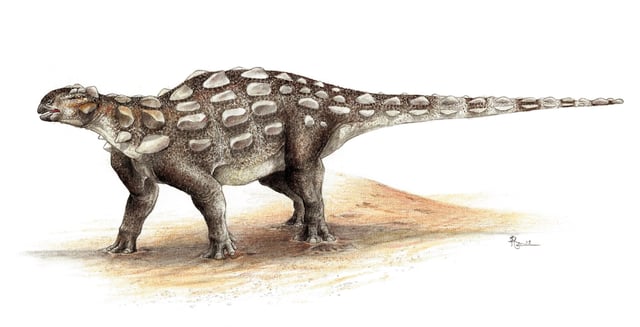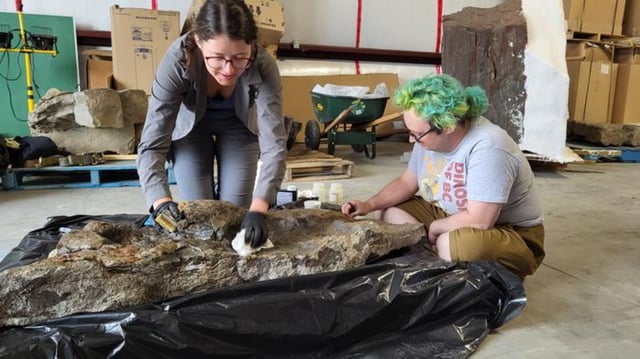Overview
- The discovery of three-toed ankylosaurid footprints in Tumbler Ridge, BC, and northwestern Alberta led to the naming of a new species, Ruopodosaurus clava.
- This marks the first confirmed evidence of tail-clubbed ankylosaurid dinosaurs in North America during the mid-Cretaceous period, approximately 100 to 94 million years ago.
- The footprints, preserved as trace fossils, fill a significant gap in the North American fossil record, where skeletal remains from this period were absent.
- The research confirms that ankylosaurid and nodosaurid dinosaurs coexisted in the region, offering new insights into dinosaur diversity and evolution.
- The findings, published in the Journal of Vertebrate Paleontology, underscore the Peace Region’s importance in paleontology and highlight the value of trace fossils in understanding extinct species.

